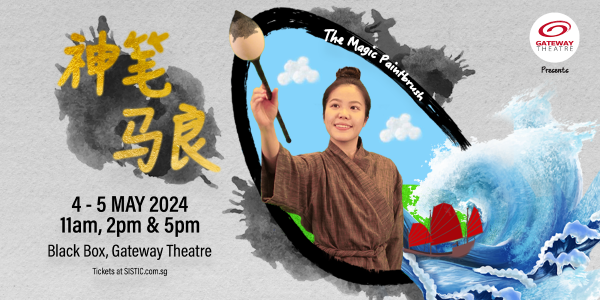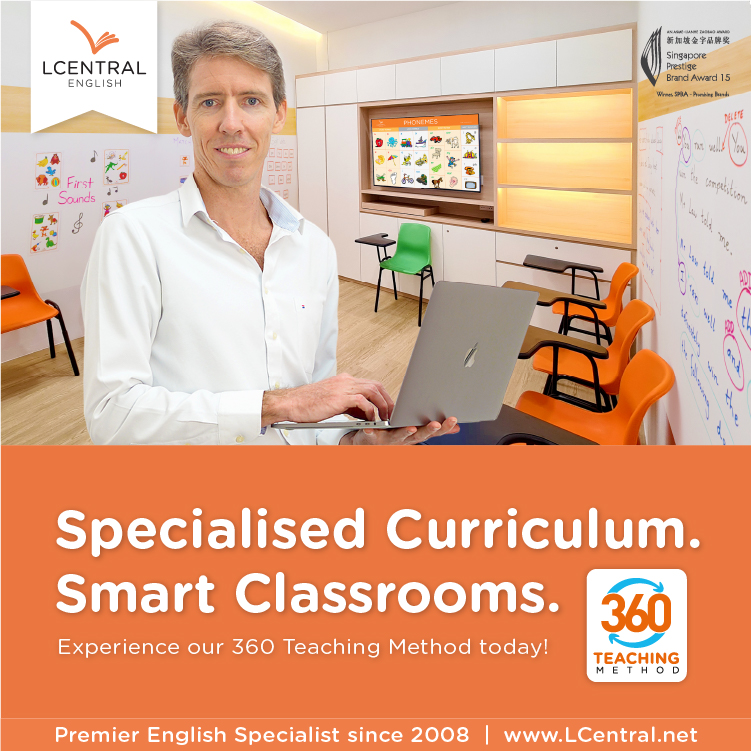A Brief History
The High-Scope approach was developed by David Weikart in 1970s, where he served as the director of special service in a public school district in Michigan, USA. It draws upon the works of Lev Vygotsky, especially on the concept of “adult scaffolding.” The approach was originally intended to help at-risk children from poor neighbourhoods, who tend to perform poorly in normal academic curriculum. A study done to evaluate at-risk children who undergo the High-Scope curriculum shows that they are superior in their life and economic outcomes than those who undergo the normal academic curriculum. David Weikart then founded the Highscope Educational Research Foundation to promote the approach. The foundation also trains teachers and certify all schools using the High-Scope approach.
The High-Scope Perspective
High-Scope’s educational approach emphasizes “active participatory learning.” This is where children are encouraged to have direct and hands-on contact with learning materials. Central to the approach is the concept of “scaffolding”, which purports that the role of adults is to support and build on what the child has already know. Hence, teachers take the role of facilitators and must be trained to know when to “move in” and expand the child’s learning.
The High-Scope Classroom
The HighScope Educational Research Foundation cited the following as the key features of a High-Scope classroom:
- Consistent and predictable daily routines.
- Plan-do-review time – This consist of 3 activities, the first is where children plan what they want to do that day autonomously, what material they need and which friends they want to play with. Second is the “work time” where they carry out their plan. Last is a review of what they have done that day, and whether everything well according to their plan. This occurs on a daily basis.
- Small group time – This is where a small group of 3-8 children and 1 adult come together to solve problems relating to a specific topic of interest.
- Large group time – This is where a large group of children (up to 20) and 2 adult come together for music and movement activities in order to build a sense of community.
- Outside time – Children will spend a minimum of 30 minutes in outdoor free play daily to develop their motor skills and curiosity for nature.
- Assessment based on observations of instead of standardized pen-and-paper tests.
- The use of High-Scope’s Six Step to Conflict Resolution to settle disputes.
How Does This Benefit My Child?
- Child will be able to learn at their own pace, on topics that interest them.
- Children will learn how to plan their own activities and carry them out daily in a High-Scope classroom setting. This helps improve their planning and strategic thinking skills.
- Provide a stress-free environment to help build confidence and self-esteem in children who performed poorly in normal academic settings.
- Children will learn to exert better control over one’s emotion through the repeated use of the High-Scope Six Step to Conflict Resolution to resolve conflicts in a structured and consistent way.
LATEST HAPPENINGS

Debate Workshop: The Path to World Championship
27th Apr 07:30 AM ~ 28th Apr 08:00 PMUWC South East Asia (East Campus) Read More
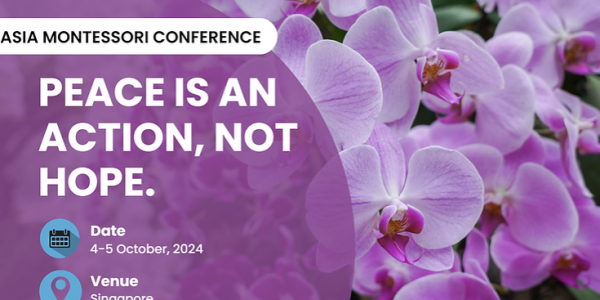
Asia Montessori Conference 2024
4th Oct 09:00 AM ~ 5th Oct 06:00 PMSands Expo & Convention Centre Read More
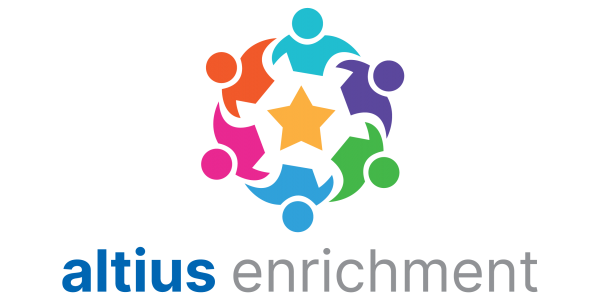
Altius Enrichment Student Care Centre
22nd Nov, 2023 03:25 AM ~ 31st Dec, 2024 03:25 AMTiong Bahru Read More

Painting Trial Lesson @ White Canvas Studio
1st Jan 12:00 AM ~ 1st Jan, 2025 12:00 AMWhite Canvas Studio Read More

InnoSage Online Chinese Immersion Programme
9th Aug, 2023 05:00 AM ~ 6th Dec, 2031 10:00 PMRead More
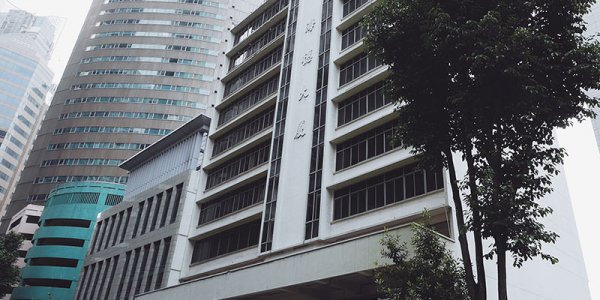
Learn a New Language at Oxford Language Academy!
3rd Jan, 2018 09:50 AM ~ 19th Jan, 2038 11:14 AMRead More
FIND A PRESCHOOL NEAR YOU
Type in your place’s postal code, click search and
See all Preschools near your place.
GET REAL TIME UPDATES
On Events And Offers From Childcare Centres Near You
Spend your time playing with your children instead of searching the web for the right preschool.
Leave Your Preschool Hunting Job to Us


